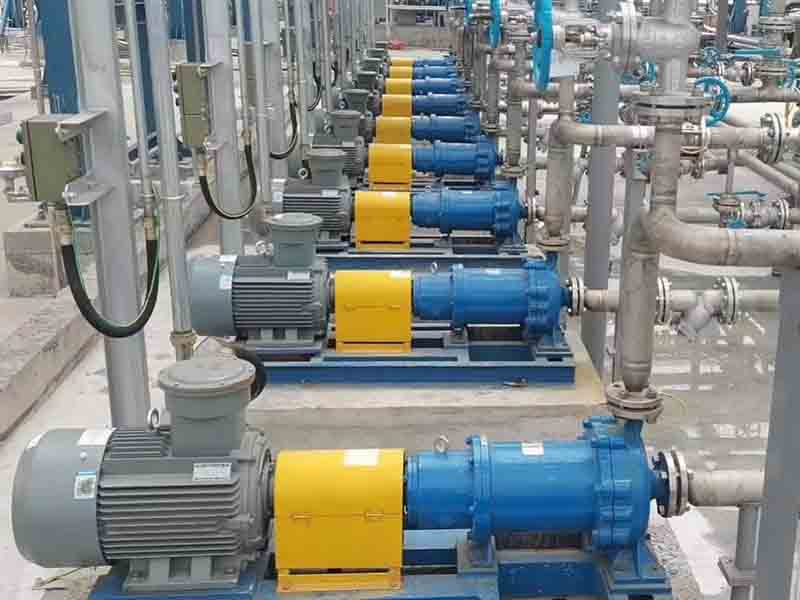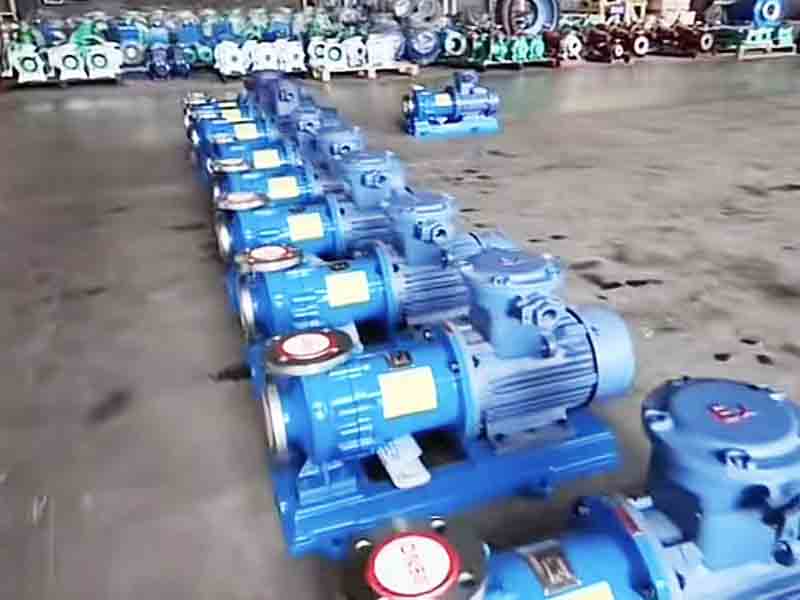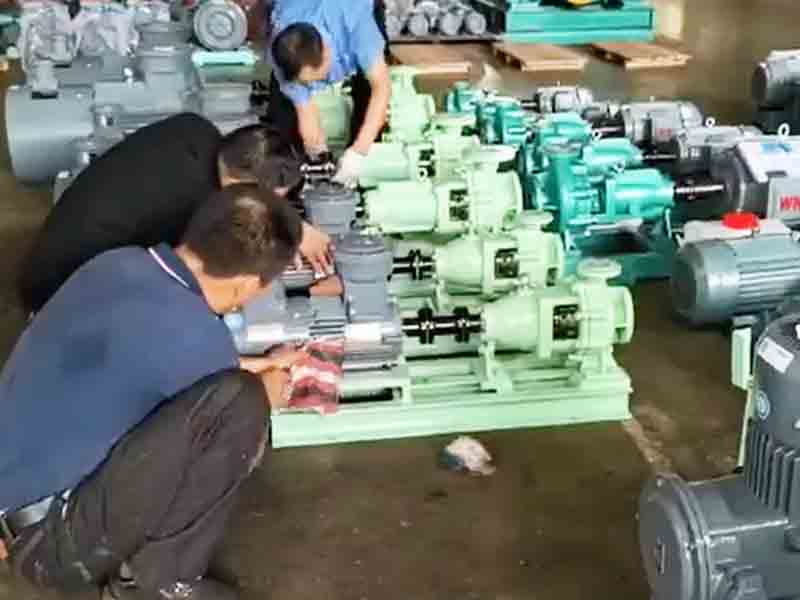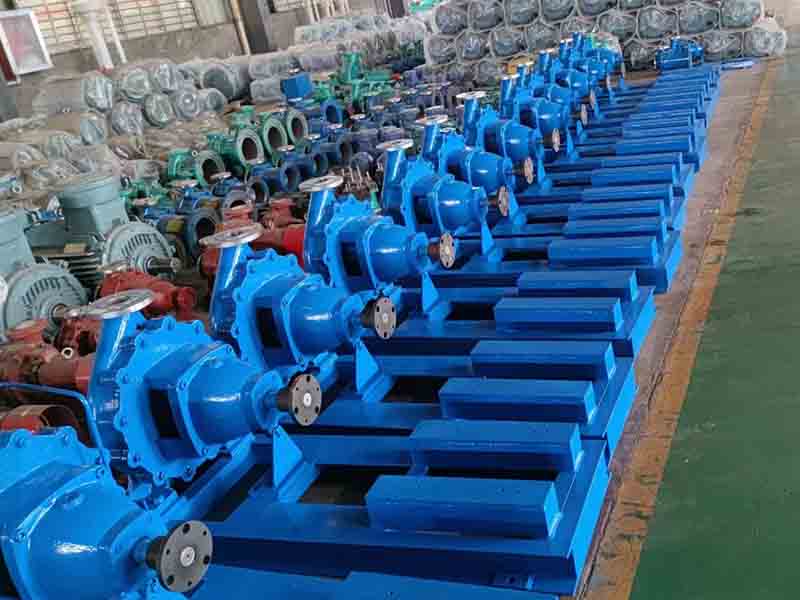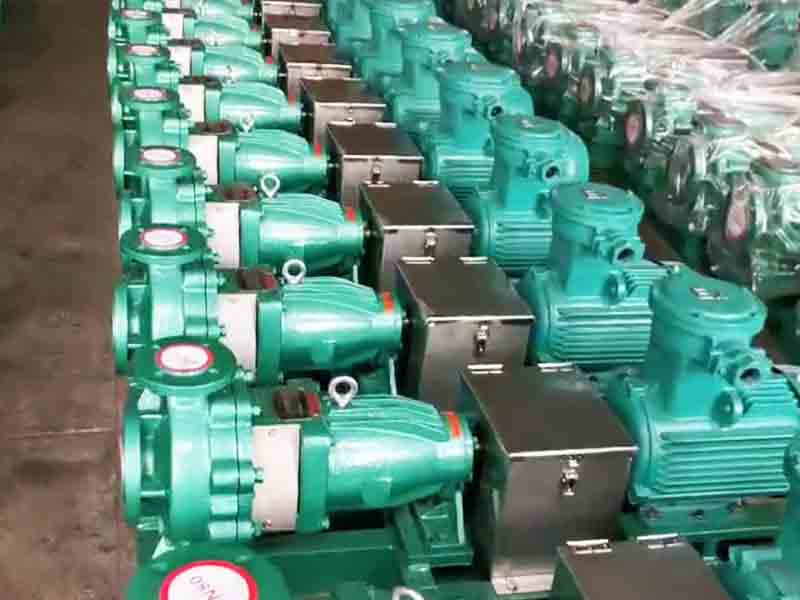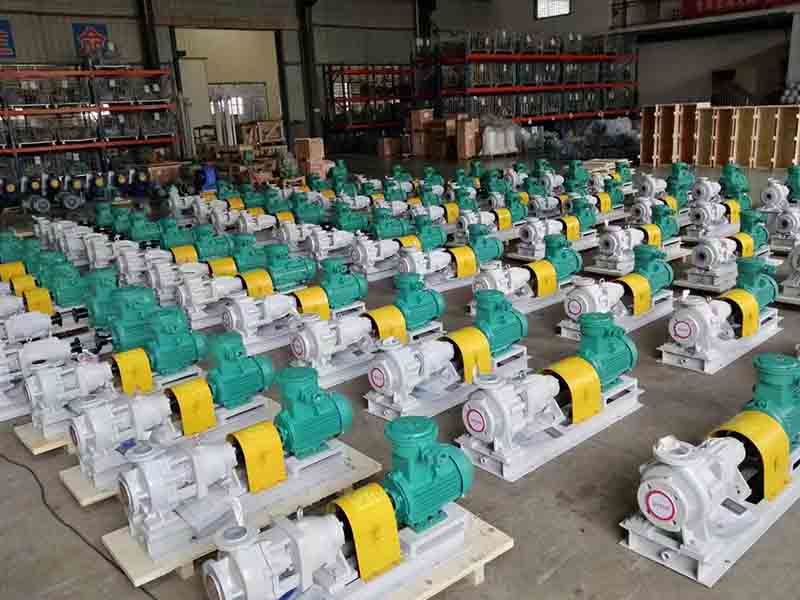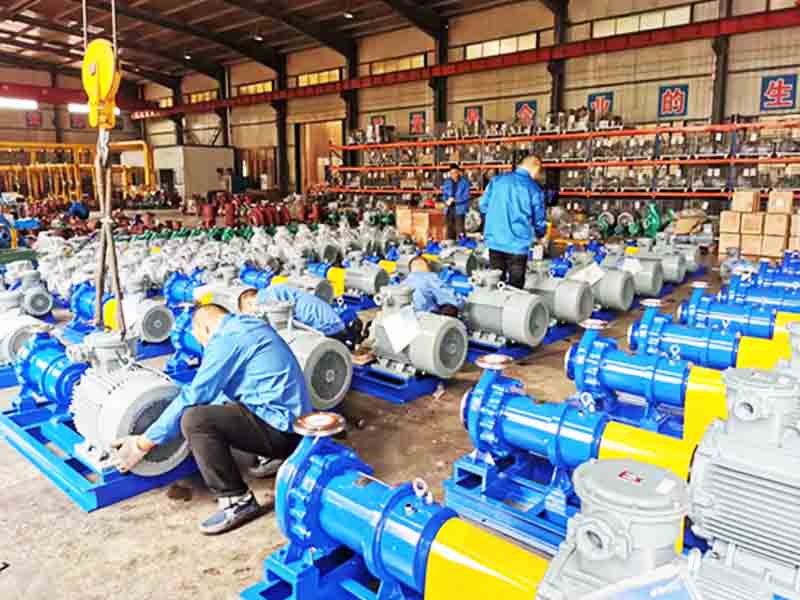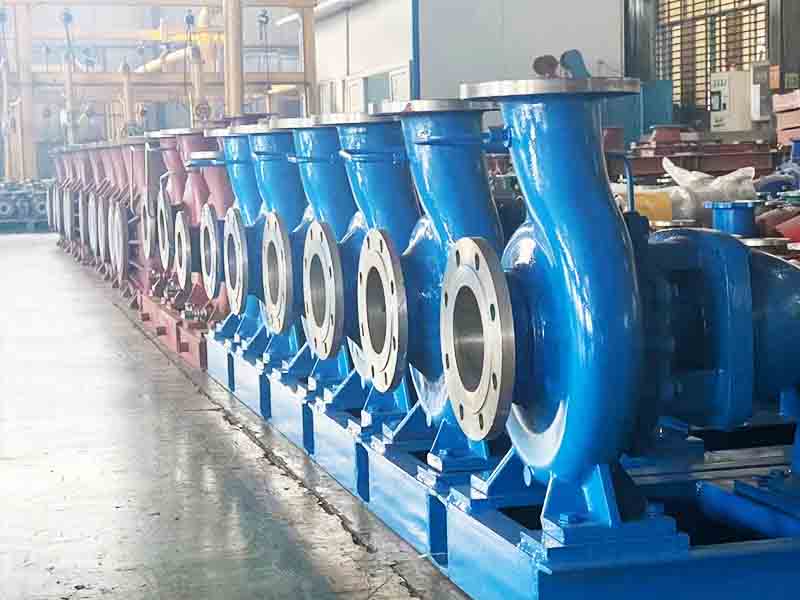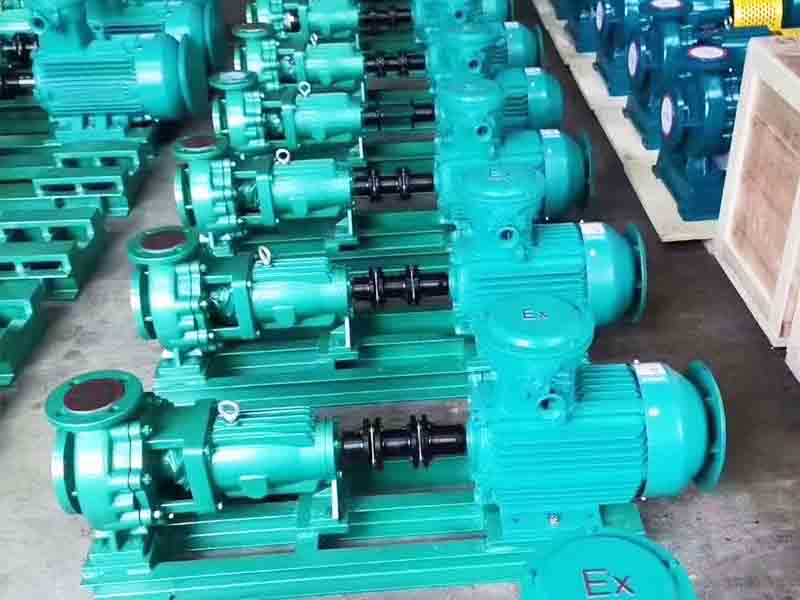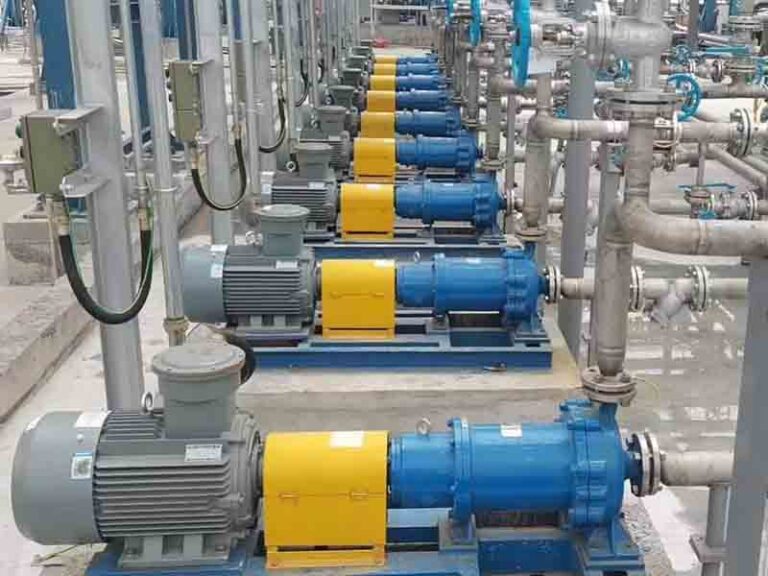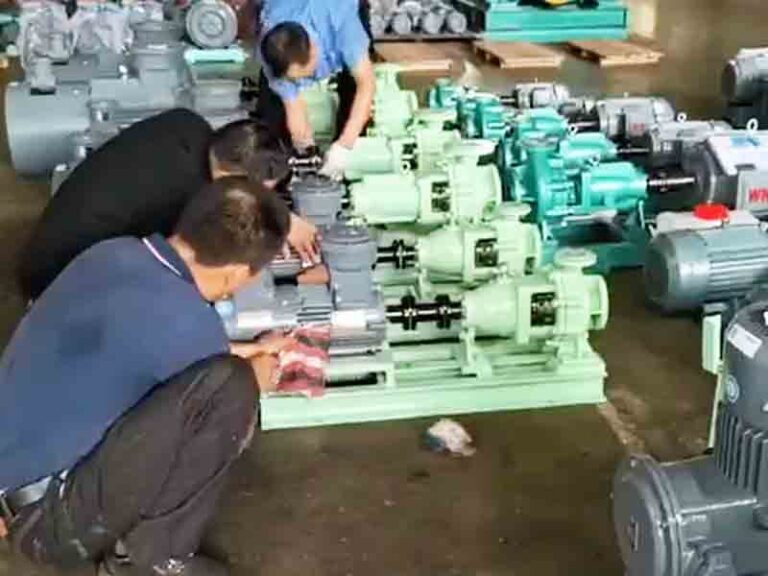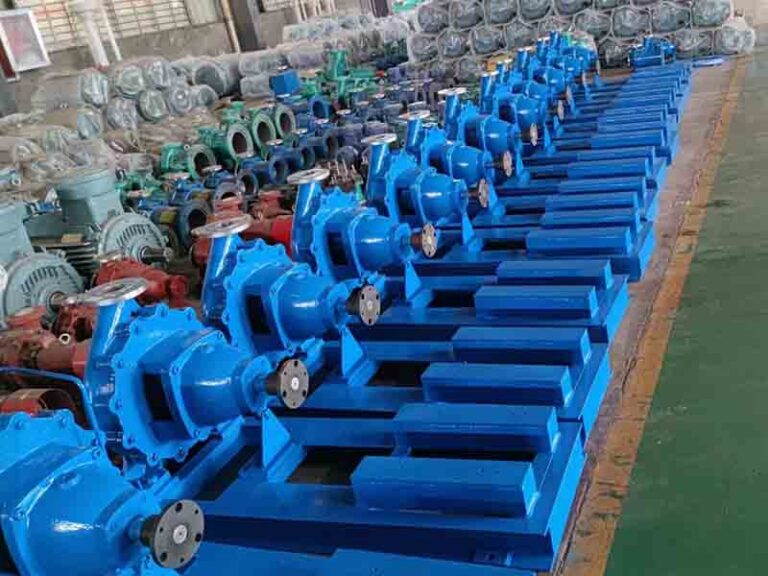Wear rings in centrifugal pumps are small parts but play a key role in the efficiency and stability of pump operation. They reduce energy loss and protect the pump body from excessive wear by controlling the return flow of liquid. With the growth of the use of grinding ring time, the gap gradually increased, will lead to a decline in efficiency, vibration enhancement and even cavitation problems. This article will focus on the grinding ring gap standards, testing and replacement methods to help readers understand its practical significance in the pump system and maintenance points.
What is Wear in a Centrifugal Pump
Wear rings are part of the centrifugal pump equipment and serve to reduce the internal circulation of liquid within the pump casing. Wear rings are usually used in pairs, with one mounted inside the pump casing and the other, the impeller wear ring, mounted on the impeller body. Occasionally, stepped or double wear rings are used for special applications such as hazardous or high pressure.
Wear Ring Clearance Guide
The tolerances given by the pump manufacturer are always the best reference for evaluating existing wear ring clearances and installing replacement wear rings. In the absence of these tolerances, the following guidelines work well for common water service pumps (e.g., pumps used in municipal water, wastewater, HVAC applications, etc.) and apply to both suction side and rear side wear ring clearances.
It is important to note that wear ring clearance is always specified in terms of the diameter measurement, i.e. the difference between the inside diameter of the stationary ring and the outside diameter of the rotating ring, which means that the actual operating clearance is half the diameter clearance. This method is useful for designing replacement wear rings when there is no manufacturer’s tolerance standard, and is also helpful in evaluating existing clearances and determining whether replacement is necessary.
Some manufacturers recommend replacing wear rings when the clearance increases to 40% of the original specified clearance, and this recommendation holds true for centrifugal pumps in common water service applications, as well as impellers in the mixing range at specific speeds. That is, pumps with low specific speed impellers should maintain a smaller clearance, while pumps with high specific speed impellers have more room for adjustment.
The Purpose of Wear Rings
The role of a centrifugal pump in a fluid system is to add pressure to the fluid in the system. The impeller of a chemical pump rotates, generating centrifugal force, which in turn generates the required pressure. As the fluid flows through the impeller, it is discharged through the pump casing’s worm casing channel, passing over the edge of the casing into the pump’s outlet.
Due to the pressure difference, fluid may flow back along the side of the impeller to the suction port at the impeller inlet. If the return flow is significant, this leakage can cause turbulence in the fluid entering the impeller inlet, increasing the pump’s cavitation margin (NPSHR) value and reducing efficiency.
Properly selected wear rings on centrifugal chemical pumps can limit the return flow between the impeller flanks and the impeller inlet. A small, flow-limiting gap between the stationary and rotating rings is necessary to prevent unwanted backflow. In general, the smaller the wear ring clearance in a magnetic pump, the more compact and efficient the system will be, but there are limits.
How to replace wearing in centrifugal pump
Today, there are multiple steps in removing or replacing wear rings from pump casings and impellers.
The first step is to loosen the setscrews connecting the pump casing to the wear ring, if there are any, and then very slowly tap close to the inside of the pump casing assembly to try to pull it out.
If this is unsuccessful, take a steel rod of nearly equal size to the inner diameter of the wear ring, weld the ends of the rod to the inside of the wear ring, with the help of a sander, cutting wheel in the steel rod welded to the opposite side of the two positions slightly cut, cut and then slowly tap the rod with a hammer, you will see that the wear ring will be broken from the cutting place, then it can be easily pulled out. The same procedure is followed for removal from the impeller, but in this case there is no need to weld the rod.
In some cases, if it is not possible to loosen the setscrew, another method can be tried, with the aid of a drill press, using a drill bit with an outside diameter equal to that of the setscrew, to drill a hole between the pump casing where the setscrew is located and the wear ring, so that the setscrew can be easily removed from the impeller.
Alternatively, try pulling it out by heating it with oil or fire, or cooling it with ice or liquid nitrogen. 
Effects Of Increase In Wear Ring Clearance On Centrifugal Pumps
Wear rings have a significant impact on the operation and performance of centrifugal pumps. Magnetic centrifugal pumps with large wear ring clearances experience increased axial thrust and vibration. Uneven vibration can lead to loose bearings and contact between moving and stationary parts in a magnetically driven pump. As the gap increases due to wear, more and more fluid will flow back through the gap, reducing the efficiency of the fluoroplastic magnetic pump. As the amount of water flowing through the space increases, so does the rate of cavitation for a given clearance area.
The sudden increase in cavitation as well as the decrease in pump efficiency will make the pump rotor less rigid and reduce rotor damping. In various tests performed on stainless steel chemical pumps, it has been found that when both front and rear wear rings are worn, the changes produced in the heat and low-pressure areas are greater than when only the rear side wear ring is worn. As the gap area increases, the centrifugal pump will have a tendency to expand the low-pressure area toward the worm case, while at the same time, the high-pressure area will move toward the inlet of the plastic centrifugal pump, affecting the normal operation of the corrosion-resistant pump.
When centrifugal pumps experience negative effects such as reduced rotor damping, rigidity and efficiency, as well as increased cavitation and vibration, more power is required to operate them and the cavitation margin (NPSH) increases. This tends to make the pump uneconomical for industrial applications. Because of this, wear ring clearances need to be monitored from time to time and replaced when necessary.
Conclusion
Although the grinding ring is not the core component of centrifugal pump, it directly affects the operating efficiency, vibration stability and service life of the equipment. Maintaining a reasonable grinding ring clearance not only avoids backflow loss, but also effectively controls the risk of cavitation, ensuring the safe and efficient operation of the entire fluid system. By regularly checking the wear of grinding rings, reasonable replacement and maintenance can help industrial users significantly reduce maintenance costs and improve the overall economy of the equipment. Don’t ignore these “invisible hero”, the rational use of grinding rings, is an important guarantee for the long-term operation of the pump system.

